Akankshya Abismruta reviews Chandrabati’s Ramayan (Translated from Bengali by Nabaneeta Dev Sen) and published by Zubaan Publishers (2020).
Chandrabati, living in the 16th century in present-day Bangladesh, is the first woman poet who wrote in Bangla. She is also the first poet in Bangla to retell Ramayana from Sita’s perspective. Her Ramayana was lyrical and meant to be sung in front of non-courtly audiences, especially womenfolk of rural Bengal.
In the literary world, Nabaneeta Dev Sen is known for her research on the oral retellings of Ramayana. Ipsita Chanda states in ‘Afterwards’ of Chandrabati’s Ramayan that Sen ‘has herself found little nooks and crannies of the epic unexplored because they are inhabited by women whose voices are rarely heard – the ‘real’ story of how Sita was made to disappear in the Netherworld, the pain of Lakshman’s silent wife when her husband abandons her to follow his idolized brother into exile, the true story of Surpanakha, the jealous demoness spurned by Rama and charged with instigating her brother Ravana against him; these have all found voice in the author’s [Nabaneeta Dev Sen] own ‘retellings’ of the Ram matter.’
We encourage you to buy books from a local bookstore. If that is not possible, please use the links on the page and support us. Thank you.
Nabaneeta Dev Sen’s translation of Chandrabati’s Ramayan holds on to the lyrical aspect of oral storytelling, similar to the writing of the legends and myths upon which many Hindu festivals are based. She writes in blank verse, making the text easily accessible to readers. She retains the form of Baromasya, a song describing the suffering of separation and longing for the lover vis-a-vis the changing weather of the 12 months and six seasons of the Bangla calendar.
In her translation, she also mentions the change in the tone of the poetry translation based on the source text (Dinesh Chandra Sen’s edition of Maimansingha Geetika, as collected by Chandramohan Dey in 1916) the feminine voice of the text takes a small detour into a war-like theme towards the end that describes Sita’s exile to the forest. The cover illustration of the book by Mantu Chitrakar is quite a portrayal of Chandrabati’s storytelling as it shows two women, one listening and supporting the other who is sobbing. A befitting painting of a grief-stricken Sita narrating her story to the women around her.
If you enjoyed reading this, do check out Translations: The Talk of Publishing Town.
Sita’s story in focus
Many retellings of Ramayana in contemporary fiction tell the story from Sita’s perspective, often using the dream sequence to fill in the parts in which she is absent. In Nabaneeta Dev Sen’s translation, we do not see the war or the masculine aspect of the epic that glorifies the characteristics and victories of Rama.
We are introduced to Chandrabati’s Ramayan with the Janmaleela of Sita. This birth yet again begins with a vivid description of the beauty that Lanka is and the happiness that its people experience under the reign of Ravana who has conquered all three realms. Seeing him drowned in debauchery, his wife Mandodari decides to kill herself through poison—the blood of saints that Ravana had given her for safekeeping.
Instead of death, fate gifted Mandodari with a pregnancy. She gives birth to an egg that is prophesied to be the downfall of the bloodline of Ravana and leads to the destruction of Lanka.
Women as the downfall of great empires is a patriarchal notion passed on in epics. Many feminist theories counter this notion and bring to the surface the clash of male egos leading to wars and destruction. However, the translator poetically states that Rama was merely the tool with which Lanka was destroyed for the sin that Ravana committed—the sin of exiling Lakshmi in the form of the egg, who eventually is born as Sita in Mithila.
New characters in Chandrabati’s imagination
A few characters make their presence felt in this translation which is claimed to be Chandrabati’s imagination. For example, the egg is found by a fisherman whose wife, Sata, eventually delivers the egg to the queen of Mithila with the request of naming the daughter after her. Sata does so when Lakshmi arrives in her dreams to instruct her about what needs to be done with the egg.. It further adds to the idea that Ravana was punished for pushing Lakshmi away from his kingdom.
A major addition is the character of Kukuya, a daughter born to Kaikeyi upon eating the seed of mango fruit she had taken from Kaushalya. In the Valmiki Ramayana, Rama has an adopted sister named Shanta. In Chandrabati’s narration, Kukuya plays a vital role in Sita’s exile to the forest.
The following lines best describe the character of Kukuya, a daughter as evil as Manthara for she raised her from the moment she was born.
Black viper Kukuya was filled with black venom
She could not stand Sita’s happiness, unfortunate as she was,
Ugly and deformed, shrewd and sharp-tongued.
Manthara had brought her up from her birth.
She was Kaikeyi’s daughter, Bharat’s younger sister,
Married into a royal family, yet such was her fate
She was like sand grains in the eyes of her in-laws,
Neighbours found her cantankerous and fault-finding.
She would pick a fight out of nowhere,
With a potion she had turned her husband insane
Building fences she had thrown out her brothers-in-law.
She went from house to house happily slandering others
Evil Kukuya was at her best while vilifying others
She made husband and wife fight, just to watch the fun
Not a widow, but out of choice she lived a widow’s life.
For ten whole years she had been staying at her parent’s home
The happiness of Ram and Sita, her mean mind could not bear
Sharpening a poisoned blade in her heart,
She faked a smile on her lips.
The ascetic had given the mango for the sake of a son
Kaikeyi had eaten the seed out of greed
From the sweet fruit she got Bharat, a gem of a son.
From the bitter seed she got her terrible daughter.
Chandrabati’s Ramayan is an indigenous retelling of the Ram matter from Sita’s perspective. It gives her a voice and focuses only on her side of the story, describing her faith, suffering, longing, and loss. In doing so, it owns Sita’s story in this lyrical translation that resonates with the intended audience. It may, however, differ from present-day retellings that focus on turning the narrative into a powerful monologue by Sita.
Have you read this lyrical retelling of Sita’s story? What do you think of it? Drop a comment below and let us know!
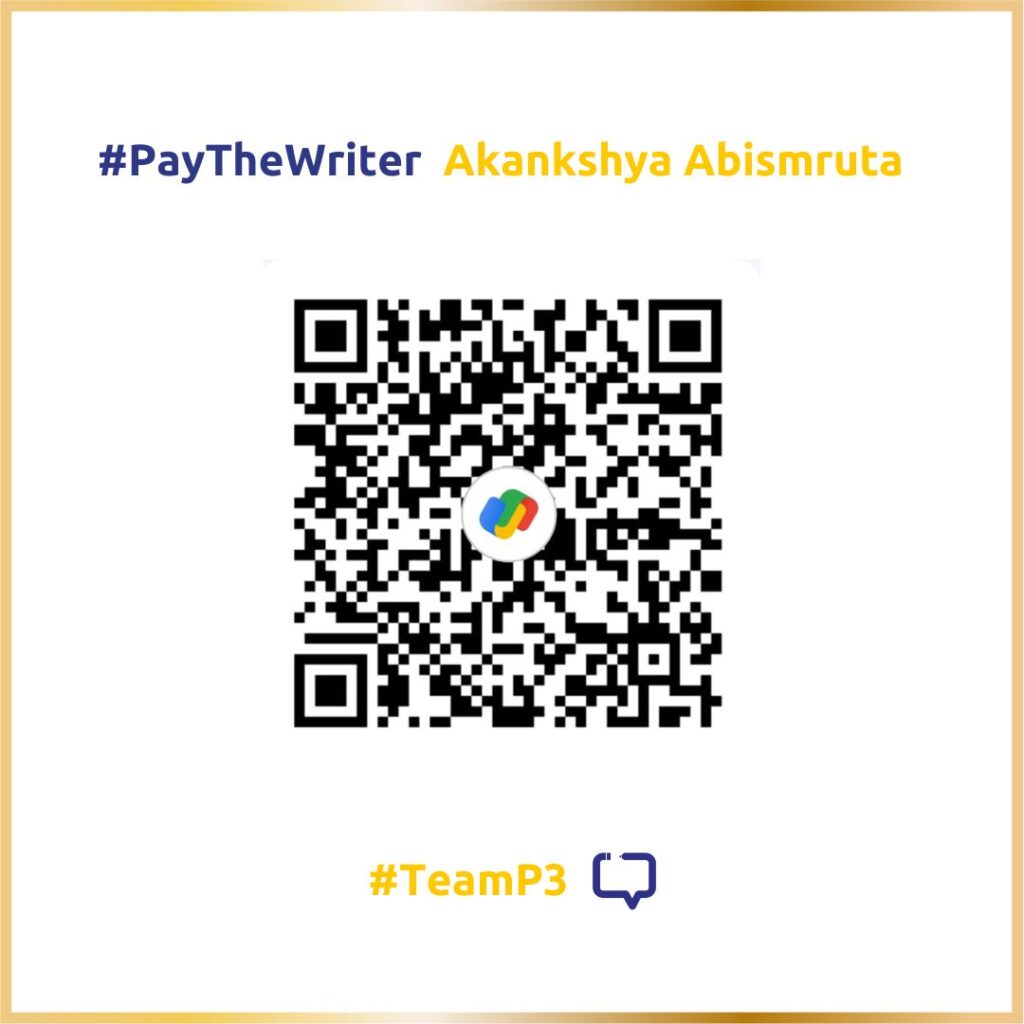
As part of our effort to compensate our writers better, we at Purple Pencil Project have launched the #PayTheWriter initiative, where readers can directly show support and appreciation for our wonderful team.
Scan or upload this image on your UPI app, and show them the love 😀












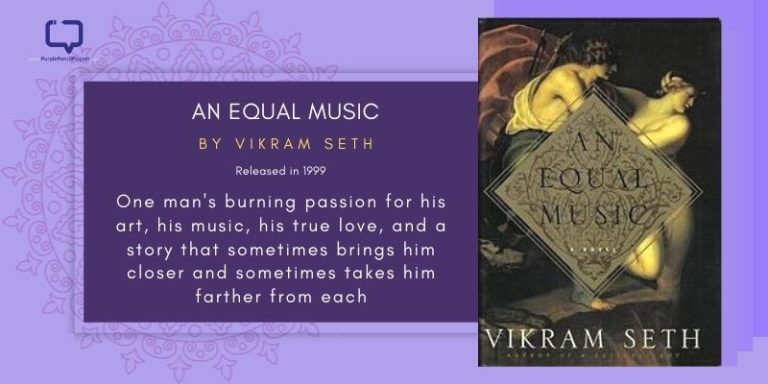

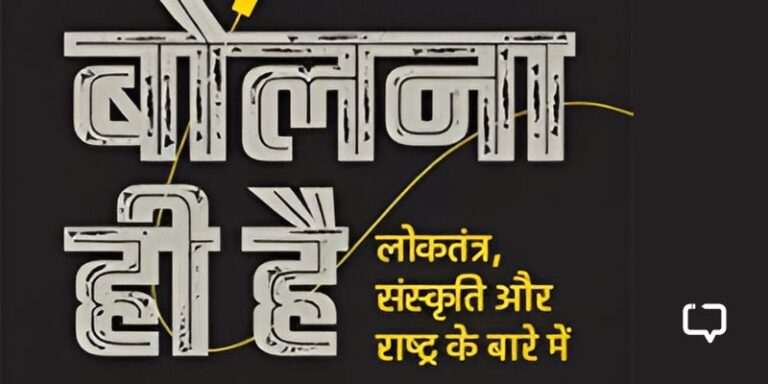
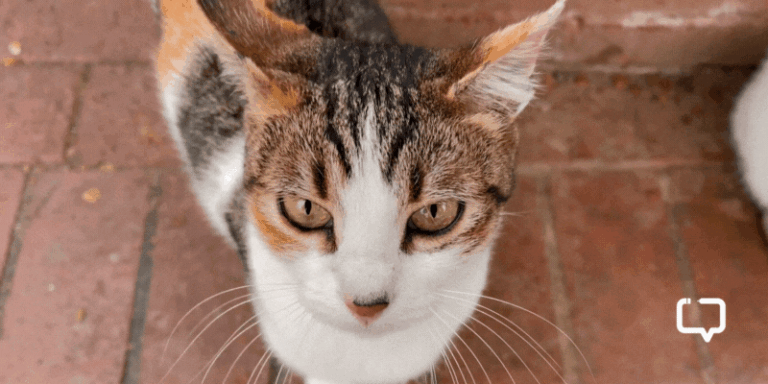

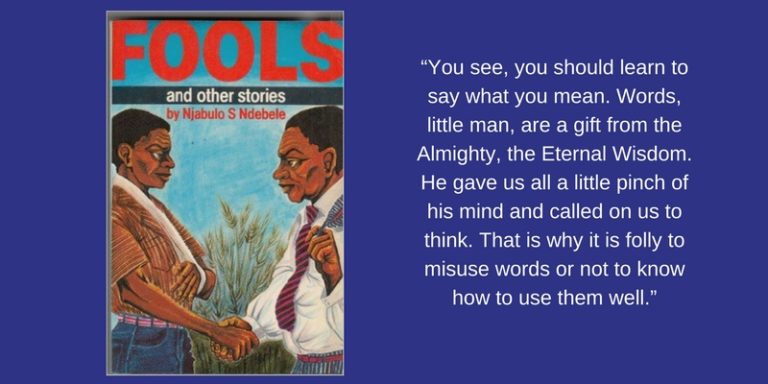
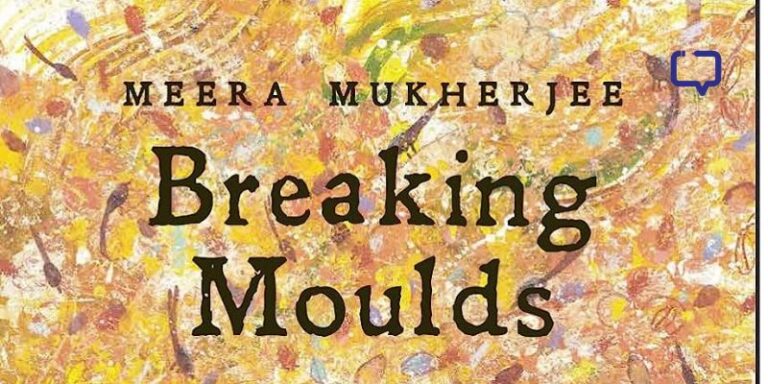


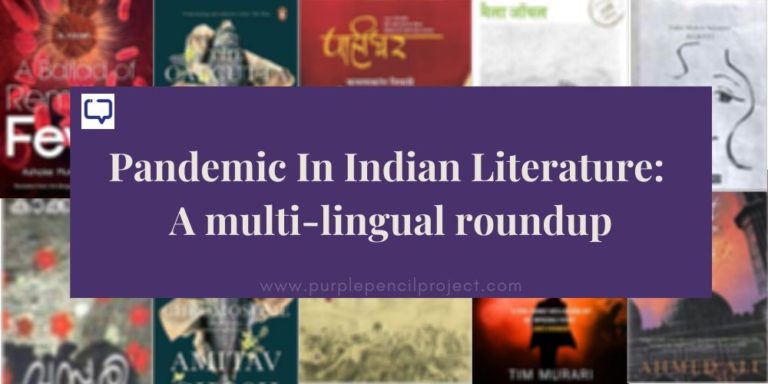

2 Responses
Very good review of a little known book. Understanding the story of Ramayan from a feminine angle is something novel and challenging to the male dominated society of ours. But it is a very contemporary aspect in the present day scenario. Nicely reviewed by Akankshya.
Thanks on her behalf Pramod, she is indeed one of our finest reviewers. And you are right, we need more diverse perspectives on our great epics.